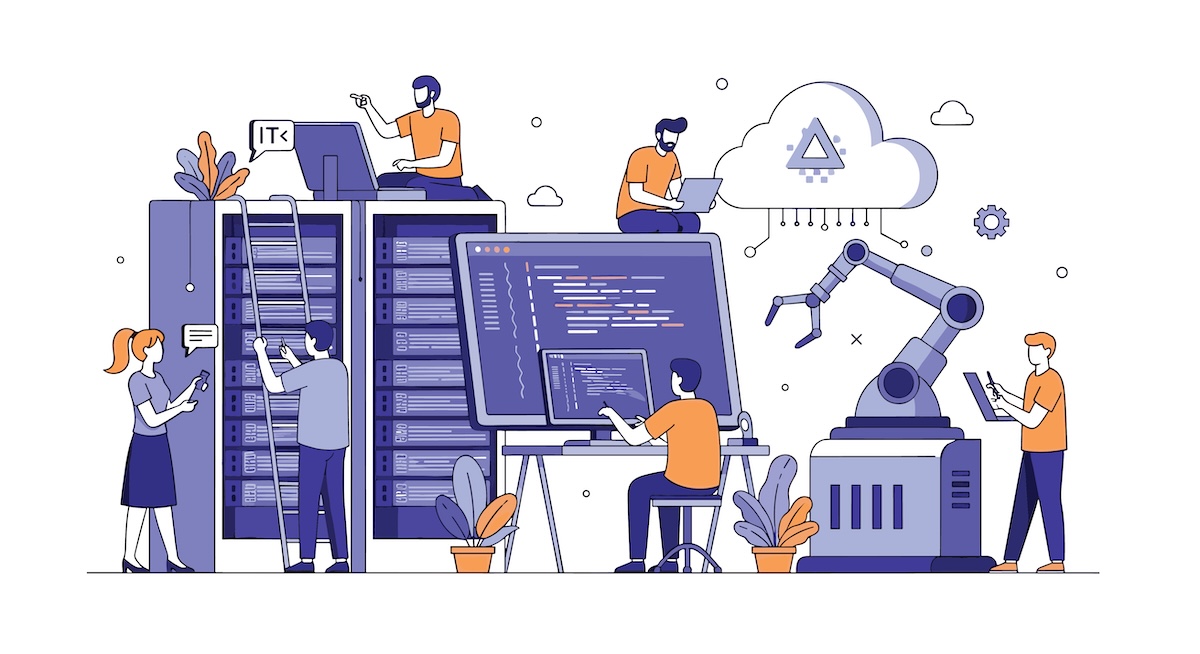AI Enhanced Developers vs Vibe-Coding
September 2025
Like the rest of the world, the team at Coretechs continues to figure out best practices with AI. At one end of the spectrum are developers who enhance productivity through targeted AI queries and module prototyping. At the other end of the spectrum are Vibe-Coders. No one at Coretechs would be called (or would want to be called) a vibe-coder. The Merriam Webster Dictionary defines it as ‘Writing computer code in a somewhat careless fashion, with AI assistance’. Our own definition is this: vibe-coding is when a developer doesn’t let pesky details such as ‘understanding what the AI is coding’ mess with his vibe.


AI has earned its place at the table over the last few years, and it definitely has much to add. However, using it to write and edit code without a deeper understanding of what’s needed for the project usually ends poorly. As they have evolved, Large Language Models (LLMs) have come to shine as productivity multipliers. A good developer using AI the right way can manage tasks such as writing code, debugging, deployment and database analysis faster than a developer with no AI support. Take, for example, field-mapping. Do you have two sets of fields for models and have to work through mapping the fields between them? It may have taken five hours to work through the mapping and debug it five years ago. Now it may take a few seconds to map and an hour to build it, test it and get it live with AI support.
The differentiator between effective, AI-assisted development and ‘vibe-coding’ is not in the AI, but in the developer. Good AI-assisted developers know what the project needs, how to ask for it, and how to build it themselves but they leverage the speed and knowledge-base of the AI to get more done faster and better. The effective AI-assisted developer asks targeted questions, making use of stack trace analysis, debuggers, and a solid knowledge of system architecture and best practices. Putting those skills to use and giving AI the right prompts and input to test and debug can make short work of difficult tasks. It comes down to both understanding the underlying issues and knowing how to use AI effectively to work through them.


The other side of the coin is vibe-coding. These are developers who don’t really understand what they’re writing or why, and simply ask AI to ‘fix it’. We’ve seen developers drop a pile of code into an AI model without clear instructions or context, then take whatever AI writes, splice it into a code repository and push it to production. When that doesn’t yield good results they implore the AI to “Look at this code and fix it!” As you can imagine this is not a good way to develop code and generally yields poor results.
At Coretechs we work with every productivity-enhancing tool we can, but not at the expense of ethics, security, or getting a job done right. Vibe-coding is not the way forward in the age of the LLM, but using AI the right way can be a strong differentiator when done properly. We recommend being cautious about security, and learning to code the right way (including by hand), and truly learning to use AI’s strengths to your maximum advantage. AI is here to stay, and when it is used effectively it can be a godsend in getting things done. So remember, good vibrations make a fine harmony but bad ‘vibes’ can bring a bridge tumbling down.


